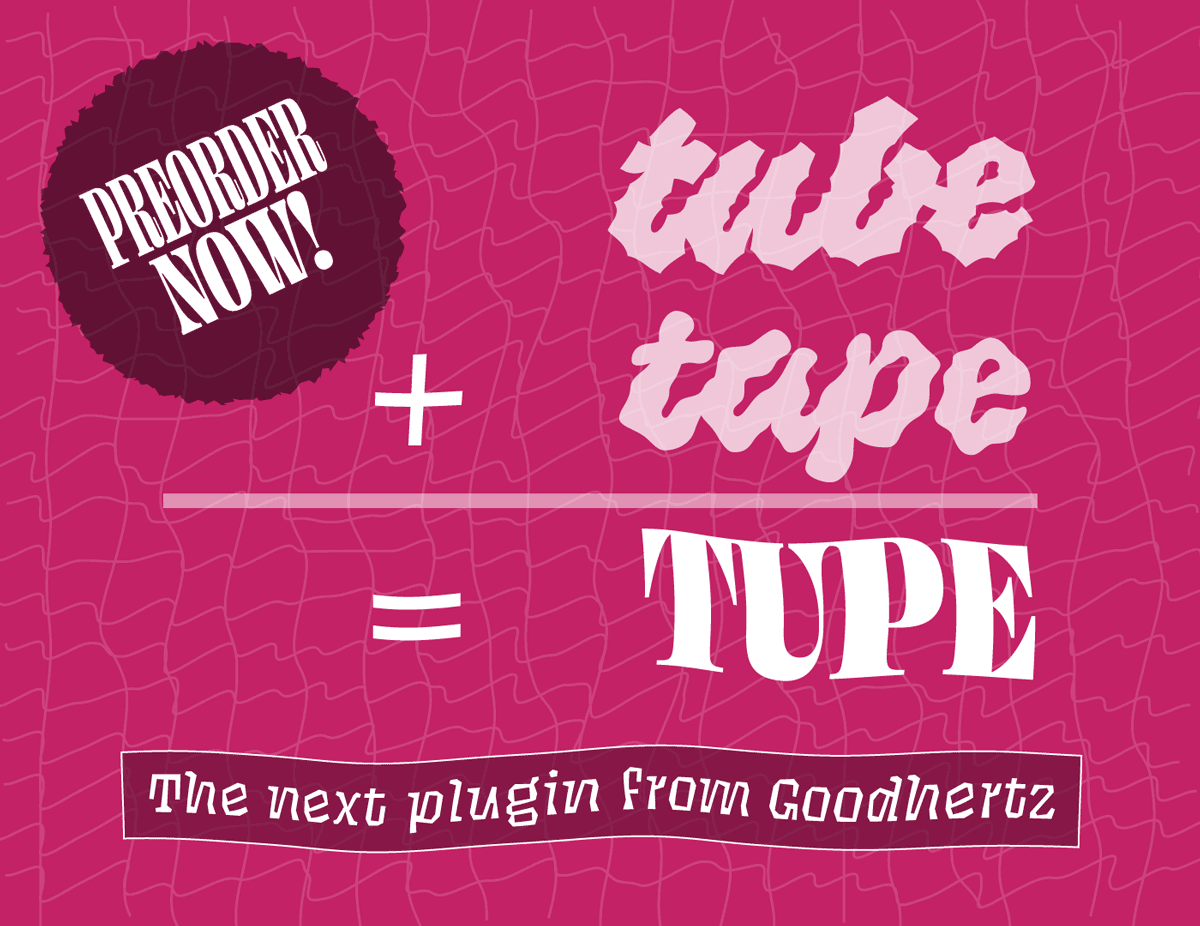Tube + Tape = Tupe

Tupe has been now released (and a lot’s changed since this blog post)! Check out the new product page to read about it and download a trial.
Our next plugin, Tupe, is available for preorder now! Check out the product page for more details.
We’ve gotten a bunch of questions about Tupe and the preorder, so we’ll try to answer the most common ones here. If you have any other questions, send us a message, and we’ll update this post with more responses.
When will Tupe be released?
Expected ship date is Q1 2021.
Can I beta test Tupe?
Everyone who has preordered Tupe will automatically be enrolled in the beta, expected to begin Jan 1st, 2021 and will be able to give direct feedback on the final product.
What is the filter section based on?
Tupe’s filter is a special custom design from us. Inspired by the analog ladder filter designs first pioneered in the 60’s, it’s highly expressive & musical. The resonance is proportion Q and can go from very broad strokes to full-on scream (as seen in the video below).
Some of the filter features in more detail:
- Fully sweepable: smooth automation, no clicks or pops
- Independent resonance / slope: unlike most analog filters, the slope of the filter and the resonance are completely independent and unlinked
- Self-oscillating: push the resonance high enough and the filter will feedback infinitely (but in a mostly controlled manner)
- Pultec-style “low-end trick” with one click: Cmd + clicking the filter moves the boost and slope in opposite directions
- EQ range focusing: move both EQ points together with the bottom range bar
What do the bias controls do?
The bias controls push the DC biasing algorithms into a more non-linear region. Okay, but what does that mean? It means more crunch & saturation, especially in the even order harmonics.
Can Tupe be used for mastering or subtle coloration too?
Yes! Tupe’s harmonics and coloration can be reined in by pulling back on the amount sliders for both Tape or Tube (at 0% it’s truly off), which makes it very suitable as a more subtle harmonic excitor or saturator for mastering or more nuanced mix tasks.
What are those fancy color bars in the advanced section?
That’s the harmonic frequency spectrum of Tupe’s output! The more intense the color, the stronger the signal is at that frequency. Compared to a traditional spectrum analyzer, Tupe’s spectral color bars make it much easier to see harmonics as they’re being added to the signal by the tape/tube saturation.
